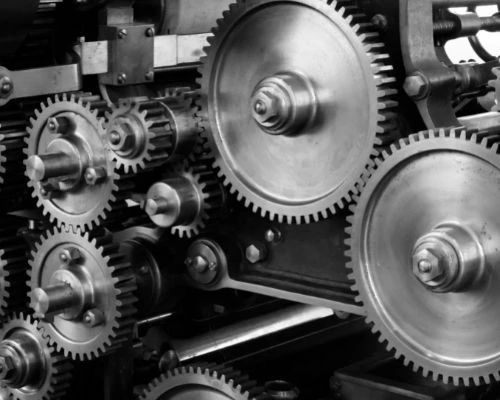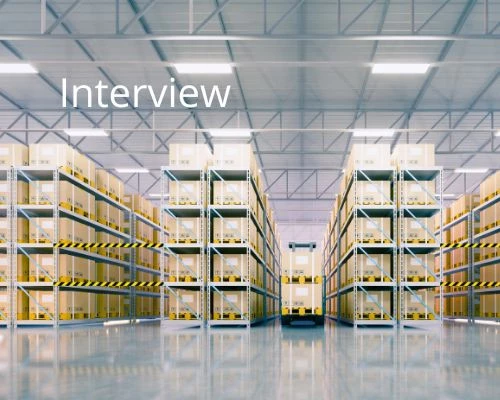A Jargon Free Primer on Industry 4.0
Add bookmark
If you work in manufacturing, you’d have to be living under a rock to have avoided the term “Industry 4.0” in the past few years. So just what is Industry 4.0?
Simply put, Industry 4.0 is a new phase of the Industrial Revolution. The first industrial revolution saw production methods move from manual fabrication to machines powered by steam and water, for instance. The second and third industrial revolution were driven by electrification and mass manufacturing production lines, then, more recently, productivity gains garnered from early computing technology.
What sets Industry 4.0 apart is how interconnected sensors and computing technology are able to support and connect workers, machines and information in ways that augment reality, automate processes, and allow businesses new insight into what’s happening in their operations and equipment.
Sensors on a machine, for instance, can automatically alert human operators to a problem (such as the device is getting too hot) before the equipment fails and shuts down a production line.
Data and connectivity are at the heart of Industry 4.0. Computing power has advanced to such an extent that companies can now process vast amounts of information quickly and affordably. A variety of technologies – artificial intelligence, machine learning, digital twin, virtual reality, wearable technology, robots, IoT, for instance – cumulatively make up Industry 4.0.
Advanced manufacturers may be utilizing one or a combination of these technologies to improve productivity, increase efficiency, improve safety, and reduce costs. In addition, as sustainability moves up the priority list, these technologies can help manufacturers meet ESG targets by reducing energy consumption, for instance, or reducing the materials that are required as inputs or wasted during processing.
A few examples:
Internet of Things: With IoT, machines (i.e. “things”) can communicate via the internet. For instance, manufacturers embed sensors in equipment to get real time information on parameters such as temperature, vibration, humidity to better monitor how the machine is peforming. This sensor data can be used in analytics programs to give insight to human operators; artificial intelligence can be incorporated so that the machine could self monitor and offer corrections to adjust its operating parameters. The aim is to prevent costly work stoppages and equipment failure.
Robots: Autonomous or semi autonomous robots can automate key production tasks. Robots have been around for a long time but with advances in artificial intelligence, robots can take on more difficult work that may have once been reserved for skills human operators. As robots have a level of precision that human operators may lack, they may improve quality and productivity of the line.
Augmented/Virtual Reality: Virtual reality headsets can help enhance the abilities of staff. Companies can use virtual reality headsets to train new recruits, for instance. This can be especially useful for dangerous or complex tasks, such as working at height or in confined spaces, as it allows trainees to be exposed to the experience in a safe environment. An example of augmented reality, on the other hand, could be a machine operator who wears glasses that provides real time data on information like machine temperature or vibration sensing. Glasses could also overlay the correct position for wires so that an operator can compare the ideal wiring to the conditions they encounter on the ground.
While there is often a lot of excitement around the potential of technology, the manufacturers that really succeed with Industry 4.0 focus on getting the basics in place, engaging workers in digital transformation, upskilling employees with the new skills required, and by starting with small, focused areas of improvement.
The rewards can be great, allowing the next generation of manufacturers to gain unprecedented insight into and control over their operations and assets to save money and improve quality, efficiency, and safety.
























